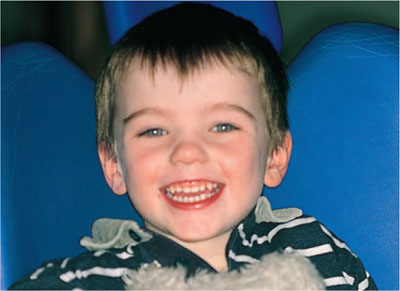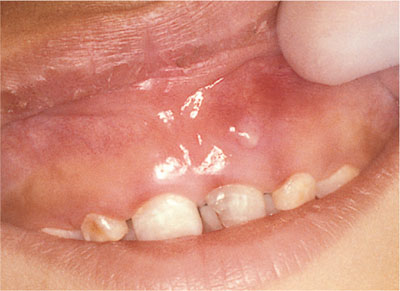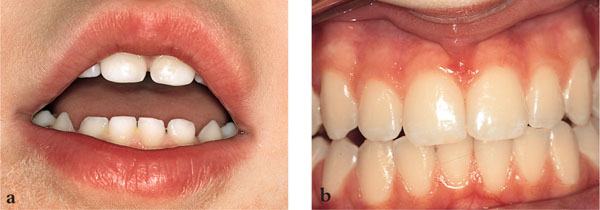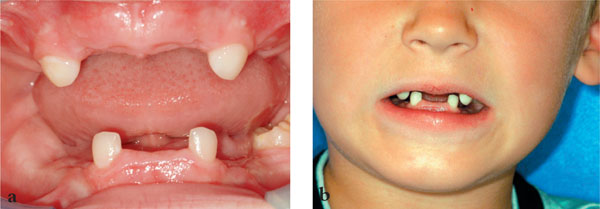Chapter 1
Paediatric Cariology: Management and Myth
Aim
This chapter aims to emphasise the importance of the management of caries in children in respect of their continued dental, emotional and educational development. In addition, various myths surrounding paediatric cariology will be discussed.
Outcome
Upon reading this chapter, the practitioner should have gained an understanding of the importance of ensuring that children remain free of both acute and chronic dental pain and appreciate the contribution of the primary dentition, in particular, to overall health and development. The dental team should also be familiar with the chronology of the development of the dentition and appreciate how knowledge of this assists in determining the effect of common childhood illnesses upon the dental hard tissues.
Introduction
Dental caries is one of the most prevalent of human diseases. This disease involves the mineralised tissues of the teeth, namely enamel, dentine and cementum, caused by the action of microorganisms on fermentable carbohydrates. It is characterised by demineralisation of the mineral portion of these tissues followed by the disintegration of their organic material. The disease can result in bacterial invasion and death of the pulp and the spread of infection into the periapical tissues, causing pain. In its early stages, however, the disease can be arrested since it is possible for remineralisation to occur. Over recent years there has been a decline in the prevalence of caries in the Western World. Possible reasons for this include the widespread use of fluoride (especially in toothpaste), changes in the diet, the increased use of antibiotics, and possible changes in the virulence of microorganisms.
The decline in caries prevalence has been greatest on the smooth surfaces of teeth. The pit and fissured surfaces of the molar teeth now have the greatest disease susceptibility, although buccal and palatal pits and fissures remain caries prone. The decline in caries, however, has not been uniform but skewed. The Scottish Health Boards’ Dental Epidemiological Programme survey carried out in 1992/93 showed caries in 7% of 12-year-old children.
Unfortunately, many dental practitioners do not see the value in restoring the primary dentition. This reinforces the view of many parents that primary teeth are expendable. We hope that this book will encourage dentists, dental therapists and hygienists to develop their skills to meet the challenge of treating the young child and promote a change in attitude in those who do not value the primary dentition (Fig 1-1).

Fig 1-1 A visit to the dentist should be a pleasant experience.
So Why Should We Restore the Primary Dentition?
It is becoming increasingly clear that dental health is intertwined with general health and development. Pain and infection have a detrimental effect on health. These are obvious in the child with acute pain, but chronic toothache also causes problems. A child with chronic dental pain cannot thrive and all carious teeth are likely to cause pain and sensitivity from time to time, resulting in:
-
loss of sleep
-
mood, behaviour changes and poor concentration
-
uncomfortable eating, with subsequent loss of appetite and failure to meet developmental milestones: height, weight and head (brain) circumference.
Therefore, the child with dental caries may not thrive physically, emotionally or intellectually, compared to the caries-free child (Figs 1-2 to 1-4). Where children are concerned, their medical, and particularly dental, well-being is of paramount importance. Even relatively simple dental problems can impact upon the medical or educational needs of children, especially on those already diagnosed with medical disorders or learning disabilities.

Fig 1-2 Young child with carious upper incisors and an abscess on tooth 51.

Fig 1-3 Caries-free child with (a) primary teeth and (b) permanent teeth.

Fig 1-4 Child who has had multiple teeth extracted (a) intra-oral view and (b) extra-oral view.
The dental practitioner should aim to motivate the patient and their family by demonstrating that teeth are not disposable and restore primary dentition because it helps:
-
restore form
-
restore aesthetics
-
Stay updated, free dental videos. Join our Telegram channel

VIDEdental - Online dental courses


